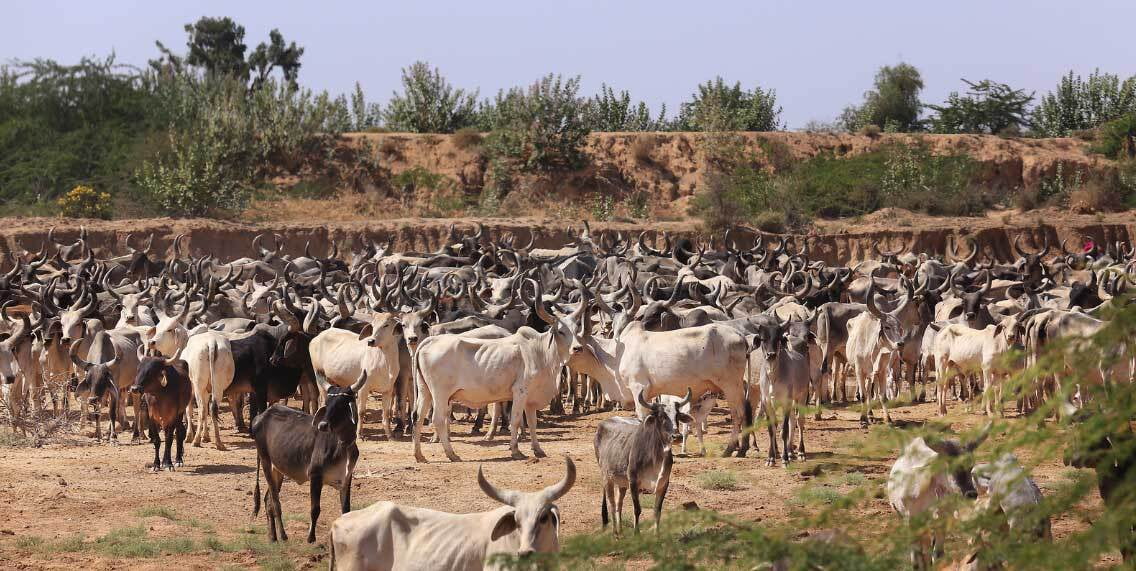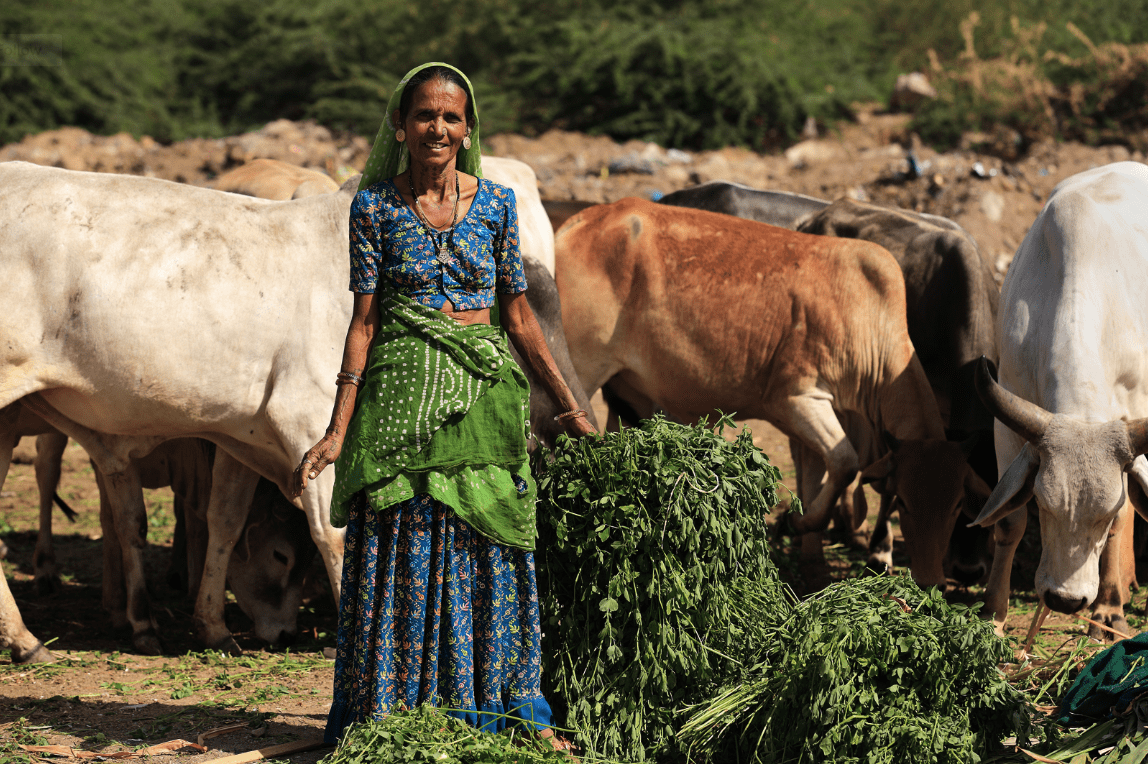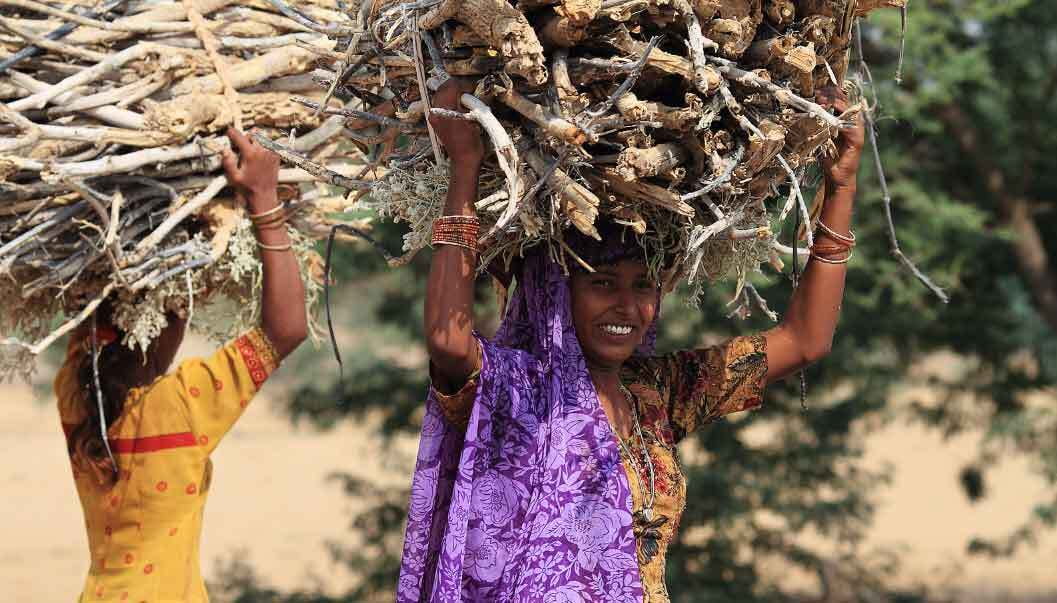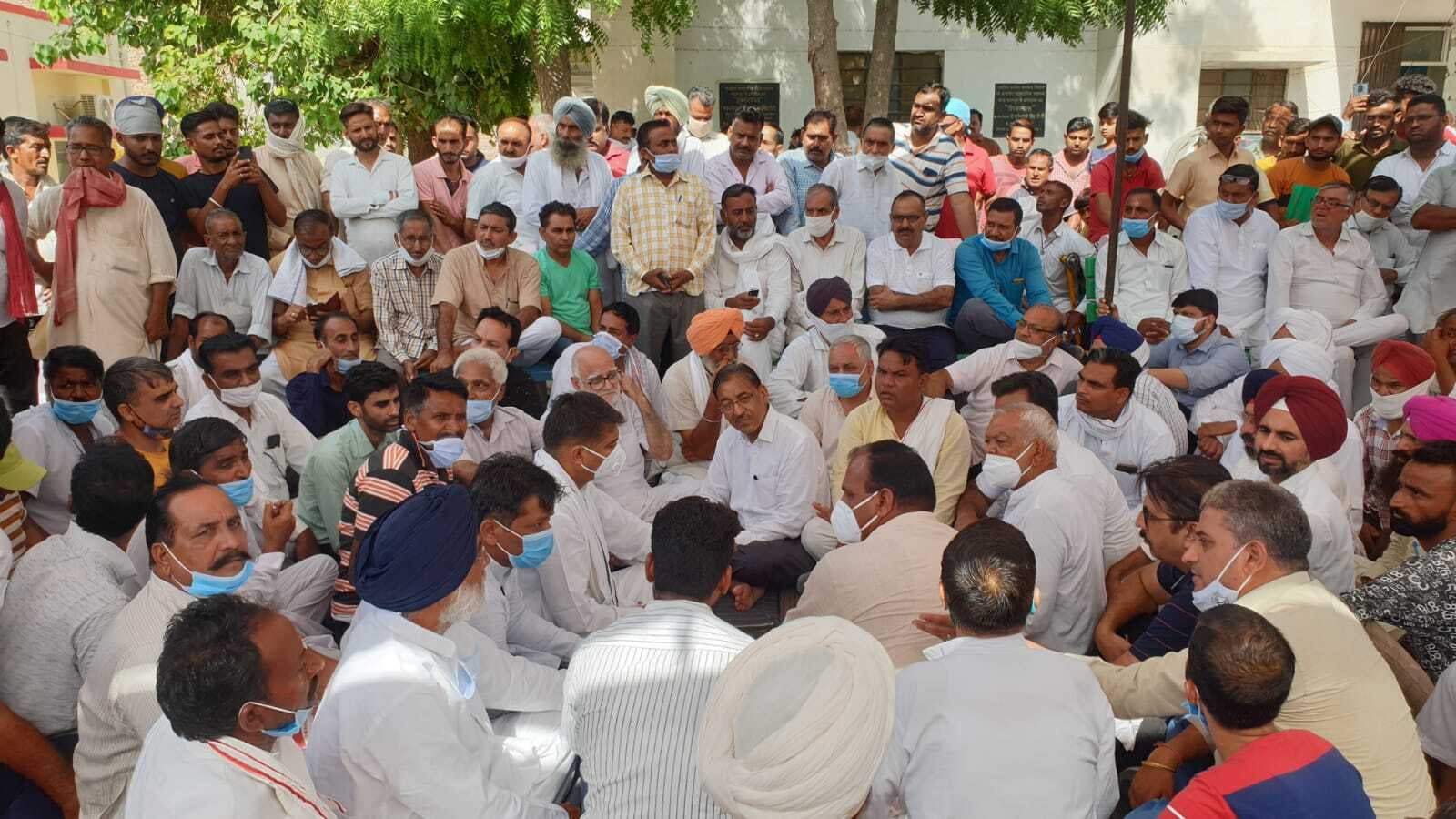Conservation of Commons

Background
In rural areas, commons typically refer to land or other natural resources that are collectively owned or managed by a community or group of people. Common land in rural areas can include pastures (gochar), woodlands, meadows, or wetlands that are available for use by members of the community for grazing livestock, gathering firewood or other natural resources, or for other purposes.
Commons in rural areas play an important role in sustaining the livelihoods of local communities, particularly in areas where access to private land is limited. Here are some of the roles that commons play in Indian villages:
- Livelihoods: According to the Food and Agriculture Organization (FAO), around 70% of India's rural population relies on commons for their livelihoods. For example, around 90% of India's livestock depend on grazing lands for their fodder, and about 70% of rural households use firewood as their primary source of energy. In addition, non-timber forest products, such as fruits, nuts, and medicinal plants, provide an important source of income for many rural communities. A study by the Indian Council of Forestry Research and Education estimated that the annual income from non-timber forest products in India is around 60 billion rupees (around US$800 million).
- Cultural practices: Sacred groves, which are patches of forest protected by communities for religious and cultural purposes, are common in many parts of India. According to a study by the Indian Institute of Forest Management, there are around 100,000 sacred groves in India, covering an area of around 1.7 million hectares. These groves are often associated with traditional beliefs and practices, and play an important role in the cultural identity of many rural communities.
- Biodiversity conservation: India is one of the world's most biodiverse countries, with around 7-8% of the world's plant and animal species. Many of these species are found in commons, such as forests, wetlands, and grasslands. For example, India's forests are home to around 7,000 species of flowering plants, 1,200 species of birds, and 400 species of mammals. A study by the Indian Institute of Science estimated that India's forests provide habitat for around 6,000-7,000 plant species, of which around 2,000 are endemic to the country.
- Climate resilience: Commons can help to build resilience to climate change in rural communities. For example, forests play an important role in regulating the water cycle, reducing the risk of soil erosion, and mitigating the impacts of floods and droughts. A study by the Indian Council of Agricultural Research estimated that forests and other natural habitats in India provide around 75% of the country's water resources. Similarly, wetlands play an important role in regulating the water cycle, and provide important habitat for migratory birds and other wildlife. A study by the Indian Institute of Science estimated that wetlands in India provide ecosystem services worth around 2.6 trillion rupees (around US$35 billion) each year.



